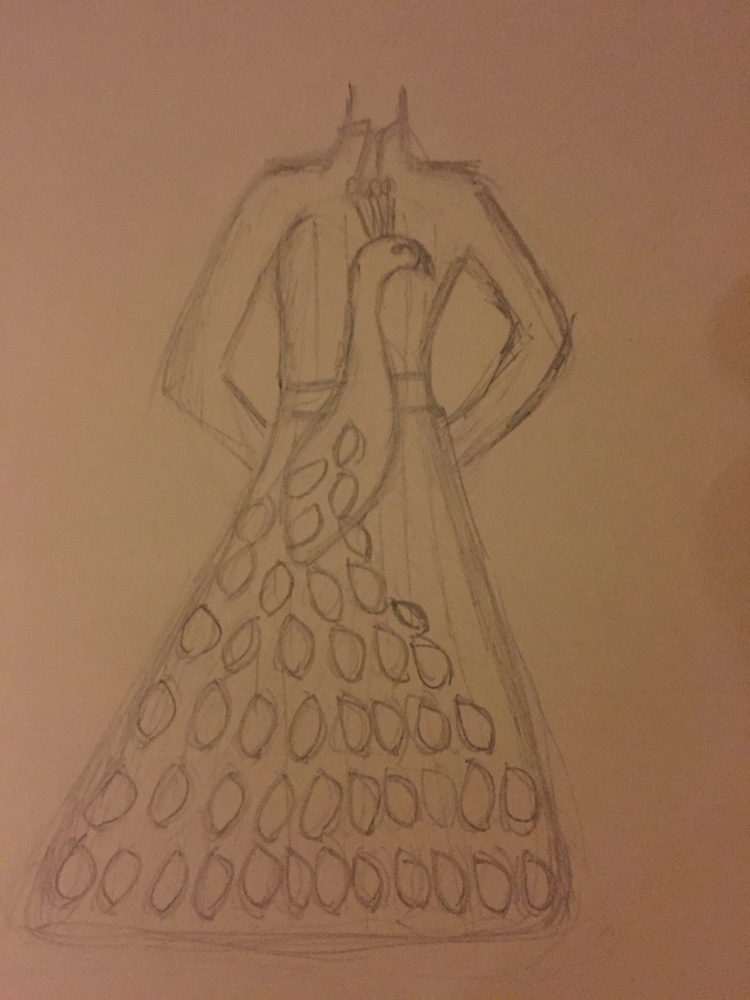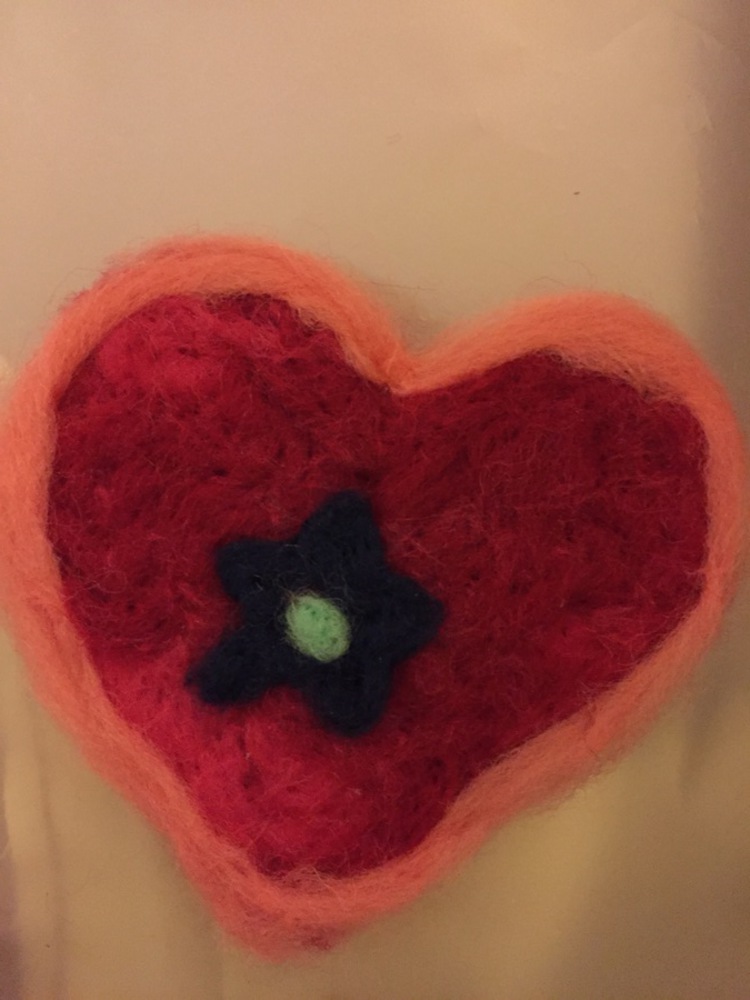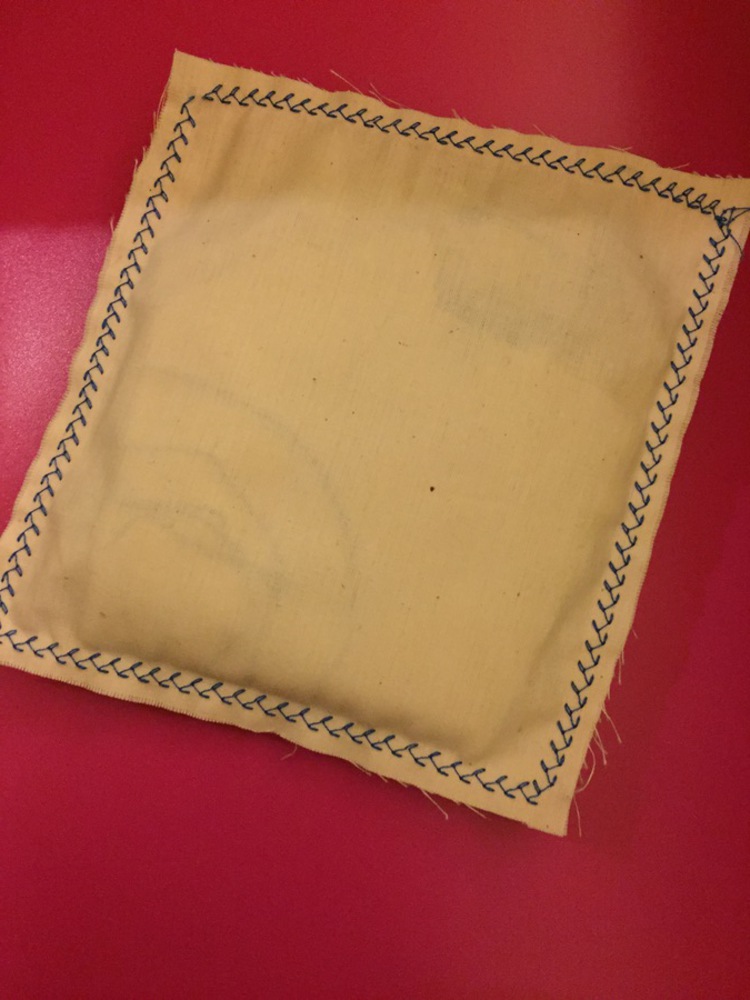Design/Product
The first step in trying to design a dress was trying to figure out the Indian style of dress I wanted to emulate for the dress I wanted to make. I settled on the Anarkali style as 1) I had loved wearing that type of dress, especially as a child, as it is reminiscent of a ball gown except in the Indian style 2) it is relatively easy to sew together so it is a good starter project 3) it has gained a lot of popularity in recent years in Indian fashion.
The way an Anarkali dress is made is using rectangular pieces of cloth that are angled to create an A line dress. Most dresses are using about 20-24 sections of cloth that are about 2 m in height and 0.5 m in width (that are folded over). The fabric is usually processed silk, which I would probably get from a local Indian store (to simulate the texture found mostly in these styles).
I would make my dress in a similar base style, with an additional collar and belt at the waist. On top of the dress would be an embroidered peacock head and body using a combination of blue, brown, and gold thread. The peacock feathers would be patches that would hide RGB LEDs and the conductive threads would lead back to the body to make the impression of the main frame for the feathers. The circuitry to control the LEDs would be a simple circuit board with battery main frame that would be hidden in the lower part of the dress (sewn in below). The colors would be coded such that the feathers have a gradient between green to blue to purple that would constantly scroll in color (the speed based on how fast the person walks - using an accelerometer).



